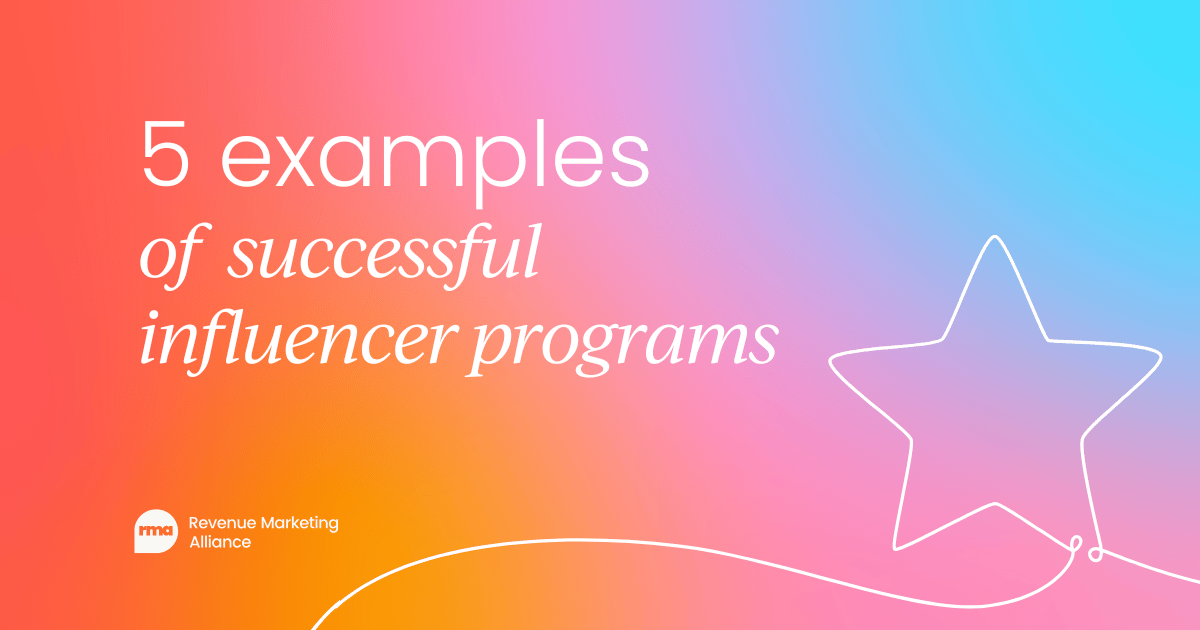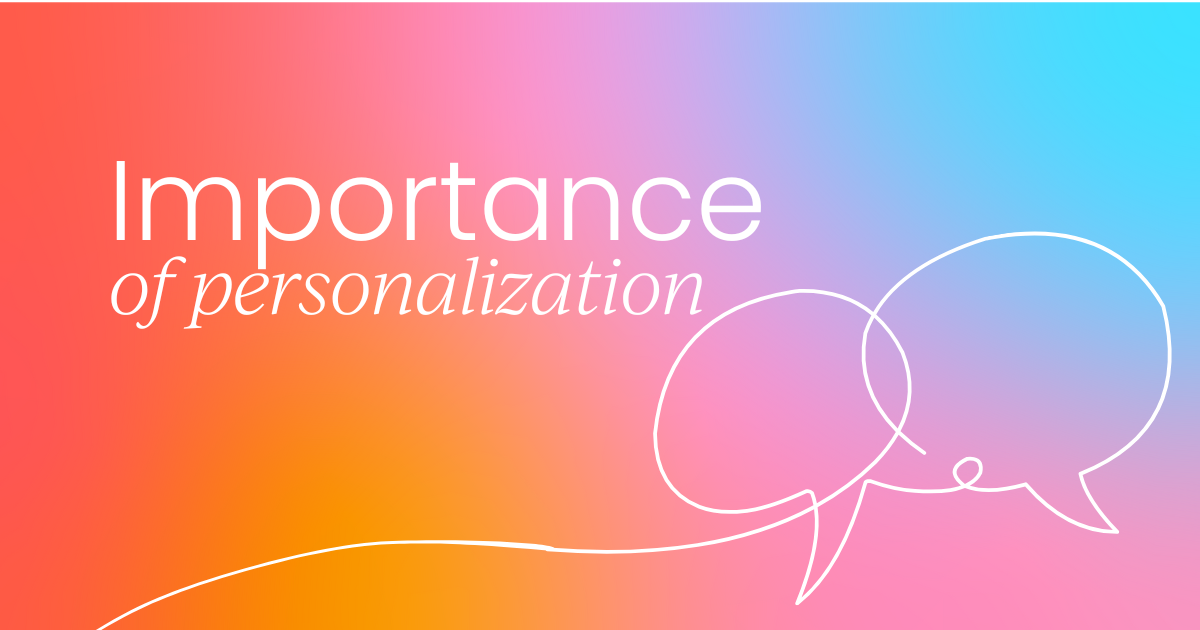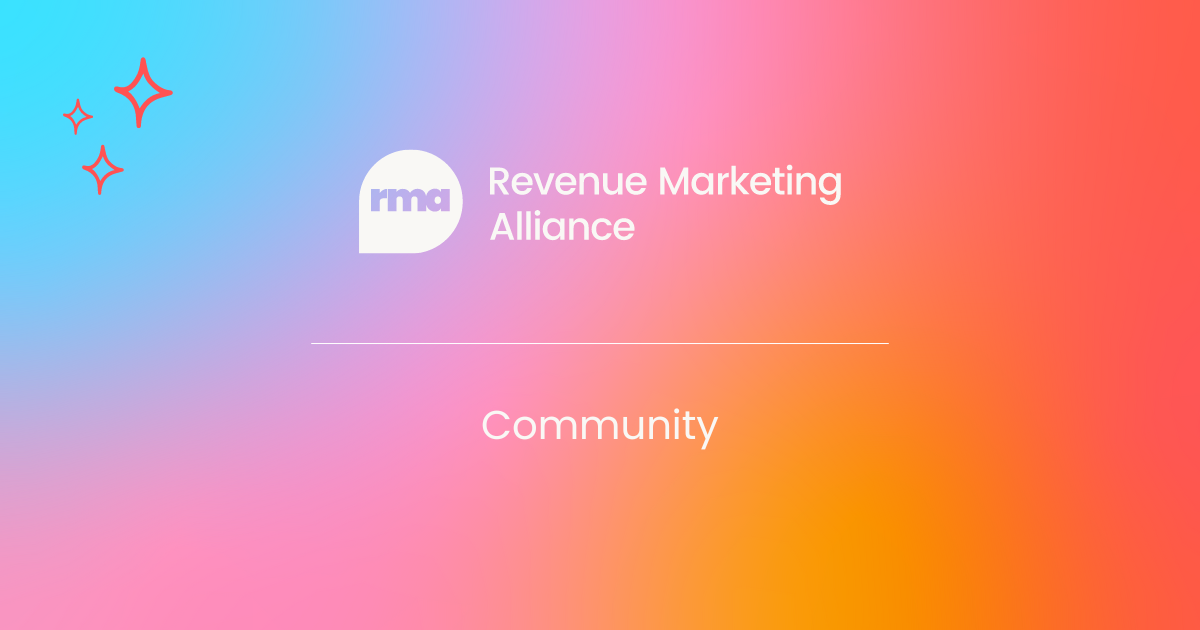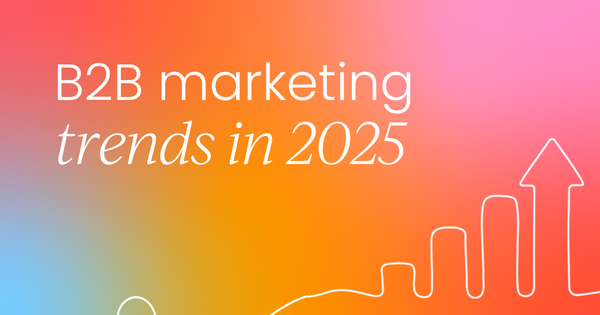The last several years has been a tumultuous time for the digital marketing landscape. We saw a significant rise in remote working and a surge in virtual events that look set to continue, for example.
Flexibility and ability to adapt to sudden changes has never been more important.
So, if you’re looking to shake up your marketing efforts with emerging and continuing trends, here’s what you should be looking out for in 2025.
- AI-powered marketing
- Micro-influencer marketing
- Video marketing
- Employee activation
- Augmented reality
- Becoming a thought leader
- Personalization
- Storytelling
- SEO in 2025
AI-powered marketing
AI and machine learning have been making waves in the marketing sphere for a while now, and there’s no slowing down this train!
AI offers exciting opportunities for marketing, with 61% of marketers saying that it is the most important aspect of their data strategy. It helps marketers personalize their campaigns, segment their customer base, and can automate many of the time-consuming, mundane processes that slow us down.
What’s more, AI can even make decisions for us, much more quickly and accurately than a human ever could. This technology continues developing and is fast becoming a staple in our day-to-day lives, particularly in marketing.
AI tools like ChatGPT have proven to be infinitely useful for marketers looking to cut down the time they spend writing articles and social media posts. While a human marketer will always be needed to ensure the quality of the content produced, introducing AI into the mix can certainly speed things along, boosting productivity.
And with voice search on the rise, AI-powered virtual assistants are standard, and marketers need to adjust their SEO and content marketing strategies to align better with this method of internet browsing.
AI will continue to get better at language modeling, taking on natural human language to the point where an AI could hold a conversation that’s indistinguishable from that of another human.
It sounds like a distant sci-fi dream (or a nightmare if you’ve been watching too much Terminator) but we’re not far off from this becoming a reality!
Micro-influencer marketing
Influencer marketing has grown massively over the last few years, with 83% of marketers claiming that influencer marketing is an effective form of marketing. But getting your products in the hands of top influencers with millions of followers can be expensive and may not be the right move for your brand.

While most marketers agree influencer marketing has a great ROI compared with other marketing channels, it’s not without its setbacks. Fake followers are a big problem for influencer marketing, and such big channels may lose their influencing power with the more sponsored posts they take on as their authenticity in the eyes of their followers drops.
People hate feeling like they’re being marketed at, so that’s why the rise of the micro-influencer looks set to continue into the new year. These influencers have a much smaller, yet very dedicated following, so they can deliver a truly authentic message to their trusted audience.
Working with these kinds of influencers offers another way for your brand to demonstrate its thought leadership, and B2B buyers are more likely to trust recommendations from third party sources and peers.
If your brand and products align well with a particular micro-influencer, you could have a much better ROI with them than going after a top influencer.
An influencer’s power to share your brand shouldn’t be measured by how many followers they have, but by their relationships with the followers they do have. With an influencer at your disposal, you’ll have access to a dedicated and invested audience.
Video marketing
Ad spending in digital video advertising is set to reach US$207.50bn in 2025. This isn't a surprise considering video remains the most engaging and digestible content format for B2B audiences, especially when it comes to effectively communicating complex ideas.
It's particularly effective for product demonstrations, customer testimonials, and thought leadership.
Personalization is still crucial, though it can be a challenge to ensure it, especially as your company grows.
However, many are using AI to create personalized video messages for potential or existing clients, which can be effective in account-based marketing strategies to target high-value accounts.
Video is also a great medium to convey information in a short-form format. With attentions spans decreasing (with the average being 8 seconds), it's more important than ever to capture people's attention.
Employee activation
Even if you don’t have influencer marketing in place yet, your employees can be your very own micro-influencers! Employee activation helps your company get the most out of your employees as they act as ambassadors for your brand to grow sales and conversions in a more authentic, genuine way.
When you hire people who align with your brand values and are passionate about achieving growth, they can be your most dedicated cheerleaders. Human interactions are some of the most powerful and influential ways to make a sale.
Even if you have the most killer email campaign, nothing compares to customer service representation, in-person events, live chat responses, and the content your employees share about your brand.
46% of consumers will abandon a brand if the employees are not knowledgeable, and a bad employee attitude is the number one reason an individual would not do business with a company. And as we know, if something is true for B2C it is likely true for B2B as well.
When your team is passionate about your brand and shares your content, you boost your customer engagement, as your employees can shape the impression of your brand more than anything else.
As people are being more and more put off by direct ad campaigns and sales pitches, you can rely on your team to get your brand’s message out there in an authentic way that resonates with your audience.

Augmented reality
When Pokemon Go dropped in 2016, it was an instant hit with millions of people across the globe, and it brought augmented reality into the mainstream.
AR brings virtual elements into the real world, allowing people to interact with them - the most obvious example being filters on the likes of Snapchat and Instagram. Since smartphones can provide an AR experience to just about everybody, it opens up tons of opportunities for marketing.
AR can allow companies to demo their products, which works incredibly well for those with physical producers like furniture and decorations, enabling customers to see how their products would fit into the real world, all with the touch of a button.
Businesses can utilize their own unique AR filters to help spread their brand. Like when cat food company FELIX brought their iconic black and white feline mascot to life through AR, allowing phone users to watch him interact with their home surroundings.
The campaign was a hit in 2020 thanks to remote working and brought massive awareness to the FELIX brand and the possibilities of AR ads.
For B2B, AR is a great way to create innovative sales presentations, run product demos, and brand introductions. In a world where people have ever-reducing attention spans, getting them to pay attention to your business is essential, especially with increasingly saturated markets.
AR is an exciting way to create a unique experience your customers will love, which is why we expect more AR campaigns to be on the horizon for B2B marketing.
Becoming a thought leader
Research suggests that the average person is exposed to around 6,000 to 10,000 advertisements every single day. That’s a nauseating amount of ads!
So, it’s no wonder that people have grown tiresome and frustrated with the waves of products thrown their way every time they’re working. If you’re going to stand out amongst the wall of noise, you need to prove to your potential customers that you can actually help them and provide what they need.
Instead of the hard sell, marketers need to become thought leaders in their niche and educate customers on their products and services. You need to know about their pain points and understand what kind of questions they’re asking.
But more importantly is you need to check in continuously, as your customers' needs will likely change over time as your audience evolves.
Compelling thought leadership is a vital tool for a B2B marketing strategy. The 2021 B2B Thought Leadership Impact Study found that 63% of respondents considered thought leadership as important in proving that a company understands and can solve their business challenges.
By gaining recognition as a thought leader in your niche, and earning the trust of your customers will play a huge part in marketing strategies in the future.
Personalization
For a while now, marketers have understood that there’s no one-size-fits-all approach to engaging with their customers.
Personalization will continue to be an expected experience for people who only want to see content that’s relevant to them. From emails to on-site content, customers now expect personalization at every level.
Rather than segmenting customers into groups to be targeted with specific campaigns, AI is being increasingly used to provide a truly unique personalized campaign for each customer. As the technology develops, this will only get easier and more accurate with time. With AI, you minimize errors, save on costs, and increase your overall ROI.
72% of consumers will only engage with personalized messaging (and the same is likely true for B2B buyers), so you need to be doing more than using a customer’s name, showcasing recommended products based on recently purchased items, or sharing location-specific options. Every step of the buyer journey should be catered to the individual based on all available data points.
By building closer one-to-one relationships with your customers (using predictive models of AI), you can drive your business into the future.

Storytelling
Once upon a time, marketing was all about selling a product, not so much anymore. Now, brands are shifting towards a storytelling model, where they tell the story of how they can help solve a specific problem.
Storytelling allows marketers to engage with their audience and immerse them in the experience - the product comes second. The benefits of this kind of advertising include capturing people’s interest in this era of shortened attention spans, breaking through the wall of hard-sell type promotions that are rapidly losing their hold.
By supporting a narrative in your marketing, you can showcase your product positively and shape how people perceive your brand. Your desired identity and authenticity should resonate with people, making storytelling an incredibly powerful tool indeed.
A London School of Business study found that people are 65 to 75% more likely to retain information when it’s presented in story format, as opposed to simply having statistics laid out for them. So if storytelling doesn’t feature as part of your marketing strategy already, 2023 and 24 are the years to implement it.
SEO in 2025
SEO strategies in 2025 will be even more influenced by Google's emphasis on E-E-A-T—Experience, Expertise, Authoritativeness, and Trustworthiness.
This framework helps you to create high-quality content that helps users, which is especially critical in industries like finance, healthcare, and technology.
E-E-A-T matters because buyer journeys are complex. B2B buyers often do extensive research before purchasing a product, and E-E-A-T helps to ensure that your content stands out as a reliable source among so many other sites out there.
And, of course, it's important to note that Google often updates its algorithm, so following the E-E-A-T principles is crucial for visibility.

Final thoughts
Marketing is always evolving, and no one could have predicted what a tumultuous couple of years the marketing landscape would turn into thanks to the pandemic.
But by adopting cutting-edge technology and keeping on top of all the latest trends and innovations, marketers can effectively reach their customer base to boost sales and keep moving forward.
Be prepared to embrace change and adapt to an uncertain market as we head into 2025.
Do you see any more trends popping up? Let us know in the Revenue Marketing Alliance Slack community!




 Follow us on LinkedIn
Follow us on LinkedIn







